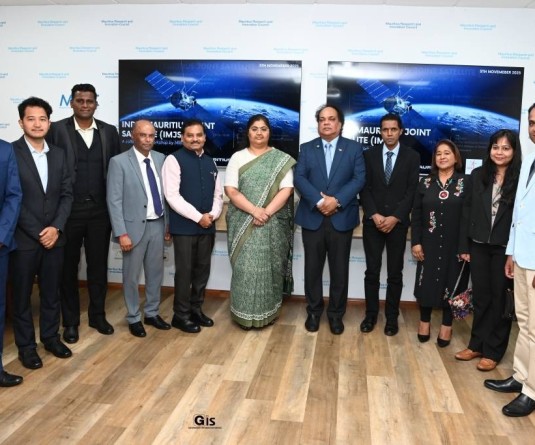
Washington, February 5 (IANS): NASA has awarded Texas-based Firefly Aerospace approximately $93.3 million to deliver a suite of 10 science investigations and technology demonstrations to the Moon in 2023.
The delivery, planned for Mare Crisium, a low-lying basin on the Moon's near side, will investigate a variety of lunar surface conditions and resources, NASA said on Thursday, adding that such investigations will help prepare for human missions to the lunar surface.
The award is part of NASA's Commercial Lunar Payload Services (CLPS) initiative, in which the agency is securing the service of commercial partners to quickly land science and technology payloads on the lunar surface.
The initiative is a key part of NASA's Artemis program.
Firefly Aerospace will be responsible for end-to-end delivery services, including payload integration, launch from Earth, landing on the Moon, and mission operations.
This is the sixth award for lunar surface delivery under the CLPS initiative.
"We're excited another CLPS provider has won its first task order award. With this initiative, we seek to develop ways for new science and technology development utilising a service-based model," Thomas Zurbuchen, Associate Administrator for Science at NASA, said in a statement.
"This allows US vendors to not only demonstrate their ability to safely deliver payloads to our celestial neighbour, but also expand this capability for others who want to take advantage of this cutting edge approach to explore the Moon."
This is the first delivery awarded to Firefly Aerospace, which will provide the lunar delivery service using its Blue Ghost lander, which the company designed and developed at its Cedar Park facility in Texas.
The payloads, collectively expected to total 94 kg in mass, include the Regolith Adherence Characterisation (RAC), which will determine how lunar regolith sticks to a range of materials exposed to the Moon's environment during landing and lander operations.
The payloads will also include the Next Generation Lunar Retroreflectors (NGLR), which will serve as a target for lasers on Earth to precisely measure the distance between Earth and the Moon.






